G2 lost again: The Timberwolves have no chance? The inside + three-pointer + breakthrough has all collapsed, and the lineup is deformed.
4:01pm, 23 May 2025Basketball
Opening: G2 suffered a crushing defeat, Hope Dust
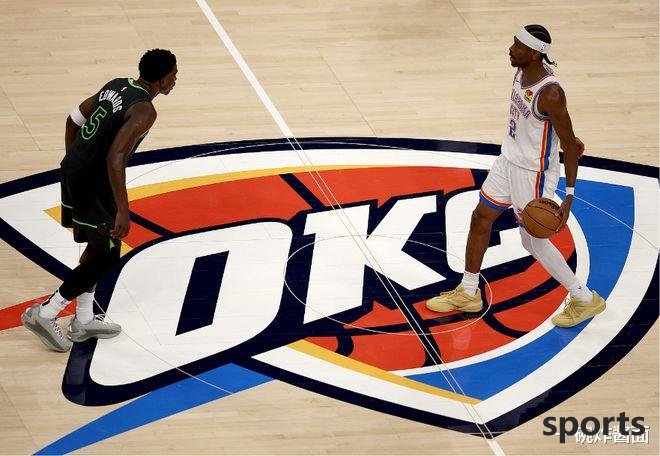
On the stage of the NBA playoff Western Conference Finals, the Timberwolves and the Thunder were highly anticipated. However, in the G2 game, the Timberwolves lost a 103-118 score and fell behind 0-2, which cast a heavy shadow on their hopes of promotion.
Looking back at this game, the Timberwolves' performance is full of loopholes. Outside the three-point line, they made only 11 of 39 shots in the game, with a shooting percentage as low as 28.2%. Such a three-point performance is undoubtedly a warmth to the opponent. The inside was equally bad, Randle made 2 of 11 shots and Gobert made 2 of 5 shots. The two inside cores were successfully limited by the Thunder, and the inside score was also behind 44-58. In the breakthrough stage, the Thunder's airtight defense made the Timberwolves players repeatedly hit the wall. When they broke through and passed the ball, they were intercepted, and they could not tear open the opponent's defense line.
Such a comprehensive defeat makes people ask: After fighting G2, the Timberwolves are out of the way? Why did their inside advantage disappear? Why are the three-point shooters collectively silent? What are the problems with lineup matching? Why does Huazi, the core of the team, seem so irresponsible at critical moments?
Inside collapse: the double towers failed, the inside was in a hurry
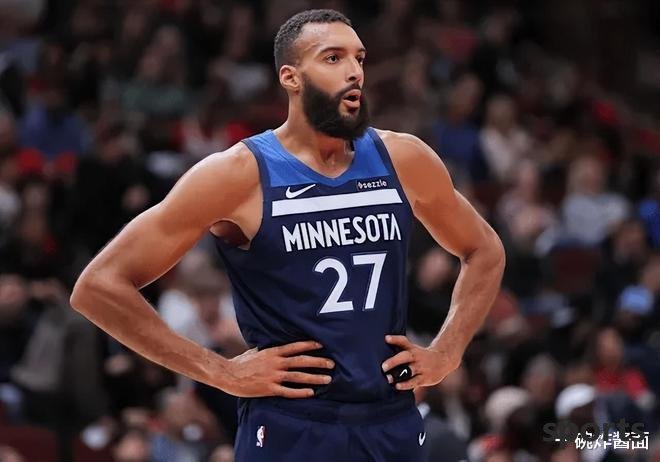
Timberwolves' inside advantage, Gobert and Randall's double towers dominate the regular season, but G2 suffered a Waterloo against the Thunder. The Thunder used the front line to double-team Randall with the forward mobility, putting his offense in trouble. He made 2 of 11 shots, 0 of 3 three-pointers, scored only 6 points, 5 rebounds, 5 assists, and 4 turnovers, plus and minus - 15. Gobert was also restricted, had difficulty receiving the ball, and after being disturbed, he made 2 of 5 shots, 1 of 2 of 3-pointers, scored 5 points, 9 rebounds, etc., plus-minus value - 9, poor offense and defense performance. The blockage of the inside offense has brought negative impacts on the Timberwolves. The reduction in the inside score has led to a decline in overall scoring ability. The poor inside offense has increased the pressure on the outside shooting and reduced the shooting rate. The collapse of the inside also affects the protection of defensive rebounds. The Thunder took this opportunity to gain more second-offensive opportunities to expand the lead.
Three-pointers are silent: The outside line is inaccurate, and the firepower drops sharply
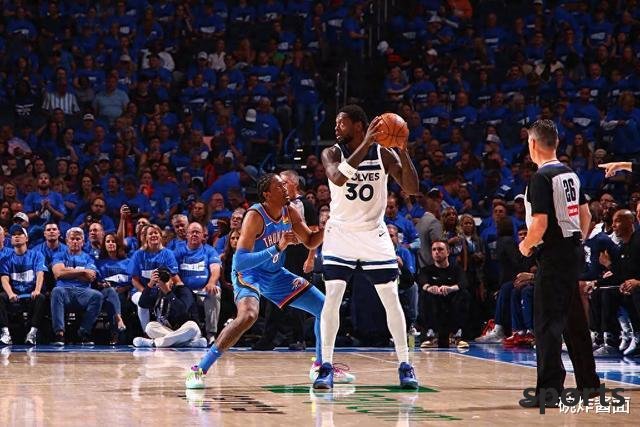
Three-pointers are a key weapon for modern basketball to open up space and change the situation, and are also an important scoring method for the Timberwolves. The regular season three-point shooting percentage reaches 37.8%, and 13.5 per game are averaged. However, in the G2 match against the Thunder, the Timberwolves made a three-pointer and made only 11 of 39 shots in the game, with a shooting percentage of 28.2%. Reed, McDaniels, Divinchenzo and other players missed the correct three-pointer. The three-point shooting rate is low. First, the Thunder actively rotates defense and interference, shrinks the inside and blocks the shooter; second, the Timberwolves players' mentality and hand feeling are affected, the moves are not decisive, the technical movements are deformed, and the inside offense is blocked, and the quality of the three-point shooting is declining. The three-pointer was dull and affected the Timberwolves' offense, with less scores, reduced offensive space, frustrated morale, and the players' self-confidence was hit, which in turn affected other performances.
Breakthrough Dilemma: The impact is weak, and the breakthrough is blocked
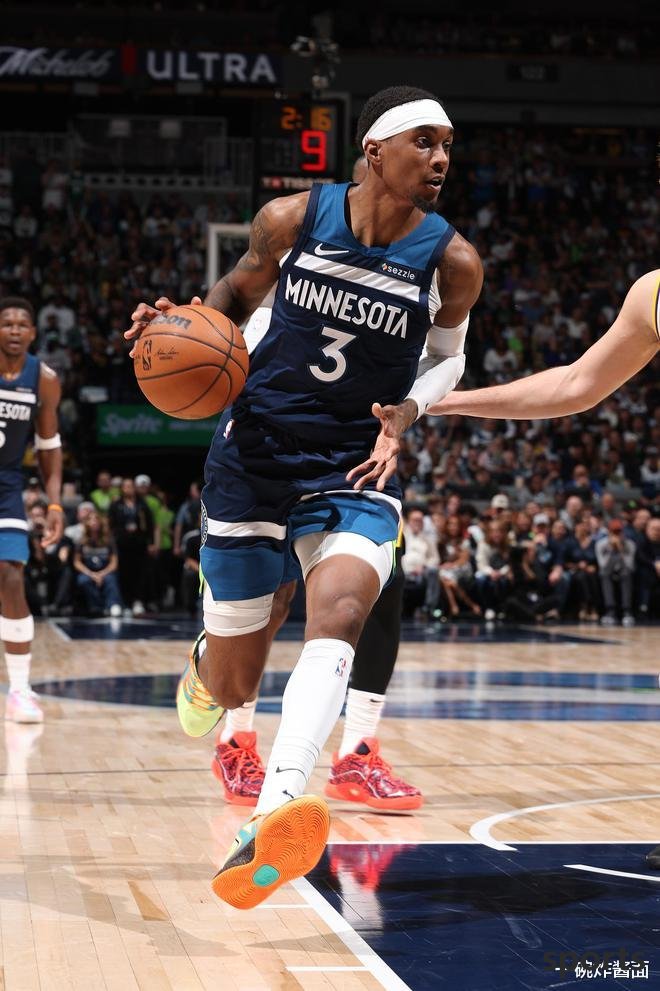
In modern basketball games, breakthrough is a key means to tear open the defense line and create scoring opportunities. But in the G2 Timberwolves and Thunder game, the Timberwolves have many difficulties in breaking through, which has become an important reason for losing.
The Thunder's strategy for defending the Timberwolves to break through is extremely targeted. Inside players occupy the place in advance, using their physical advantages and defensive awareness to block the breakthrough route. When the players break through to the inside, they quickly double-team and force them to get the ball. This makes it difficult for Timberwolves players to break through, and they often have to barely take action from the outside. In the
game, the Timberwolves tried many breakthroughs and were restricted. For example, Huazi broke through with the ball in the third quarter, was close to the defensive player, and was double-teamed in the interior, and eventually made an offensive mistake. Such scenes occur frequently. The Timberwolves' breakthrough not only failed to tear open the defense line, but also caused a large number of mistakes. There were 14 mistakes in the game, mostly due to breaking through and being intercepted or passing mistakes, giving the Thunder a large number of fast break opportunities to expand their lead.
The blockage of breakthrough affects the Timberwolves' offense in many aspects, and their scoring efficiency has decreased. They rely more on outside shooting. The low three-point shooting rate has made it difficult to score. It affects the offensive rhythm and cannot disrupt the Thunder's defensive formation. The offensive is stagnant and the coordination is not smooth. The players become impatient on the offensive end, and frequently make missed shots from the outside, which will hurt morale.
The lineup is stubborn: The tragedy of deformity, with many hidden dangers
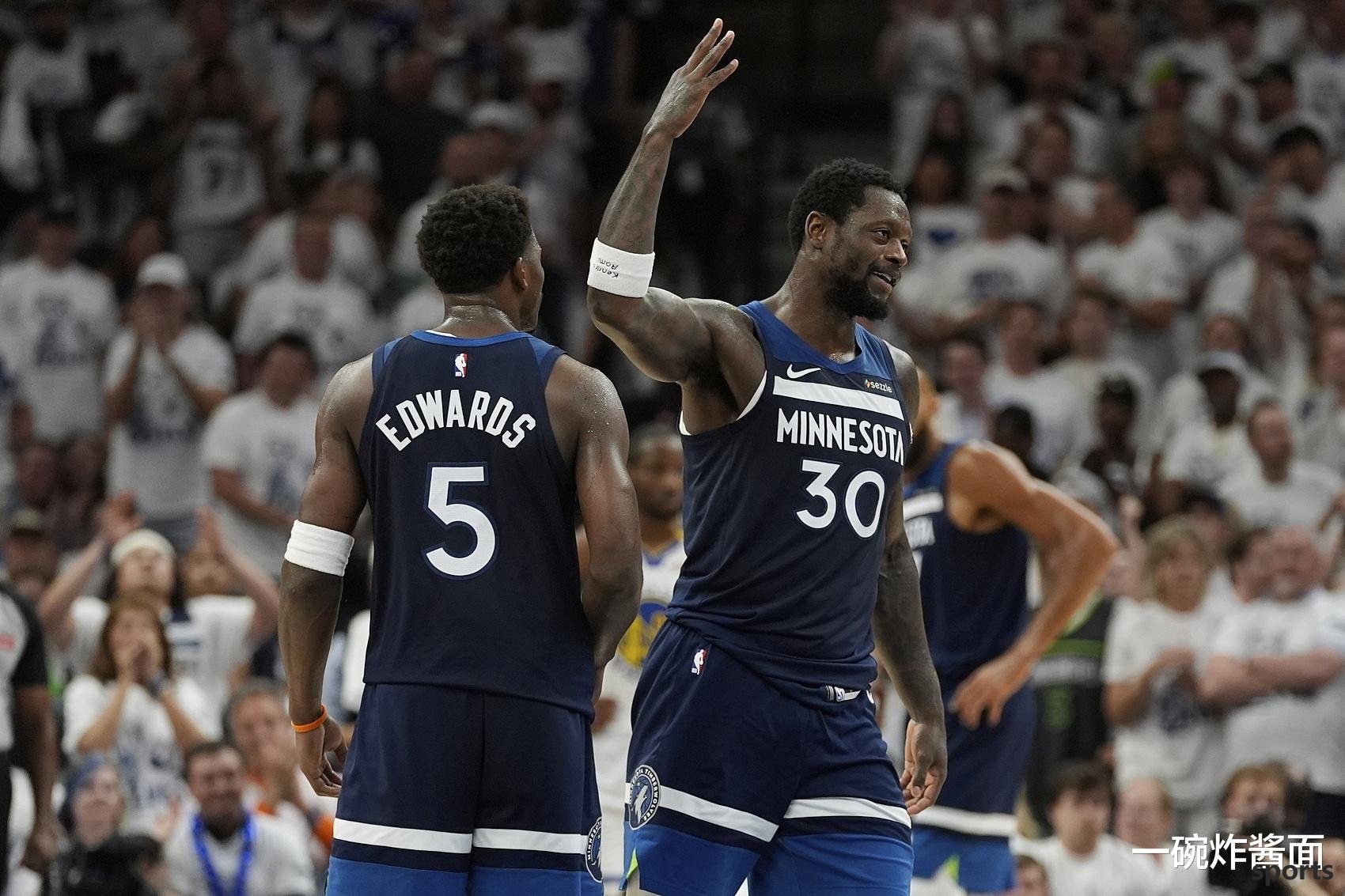
The Minnesota Timberwolves lost the G2 game. In addition to the inside, three-pointers and breakthrough issues, serious imbalance in the lineup configuration is an important factor. Judging from the position configuration, the back line has obvious shortcomings. Except for Mike Conley, most of them are shooting guards playing a point guard, and the ball control and organizational offense are insufficient. Conley is 36 years old, and his physical fitness and competitive state declined, his offensive efficiency in G2 games is poor, and his playing time is limited. Other defenders such as Jordan McCree, Anthony Edwards, etc. have weak ball control and organizational skills, many mistakes, and are unable to effectively pass the ball.
In addition, the team's lineup is not reasonable in terms of player characteristics. Rudy Goberreid, the inside line, has excellent rebounds and defense, but his offensive means are single and lacks the ability to shoot mid- and long shots, and is easily restricted by the Thunder's defense; the outside three-point shooter has poor stability and it is difficult to hit the key ball at critical moments. This unreasonable combination makes it difficult for the team's offense to form effective complementarity and difficult tactical execution.
The imbalance in lineup makes it difficult to implement tactics on the offensive end, the players do not cooperate tacitly and have low offensive efficiency; the defensive pick-and-roll and breakthroughs often cause loopholes, which cannot effectively limit the opponent's scoring; it also affects the team's morale and confidence, resulting in the players' performance on the field.
The leader questioned: Huazi's performance is difficult to take on a great responsibility?
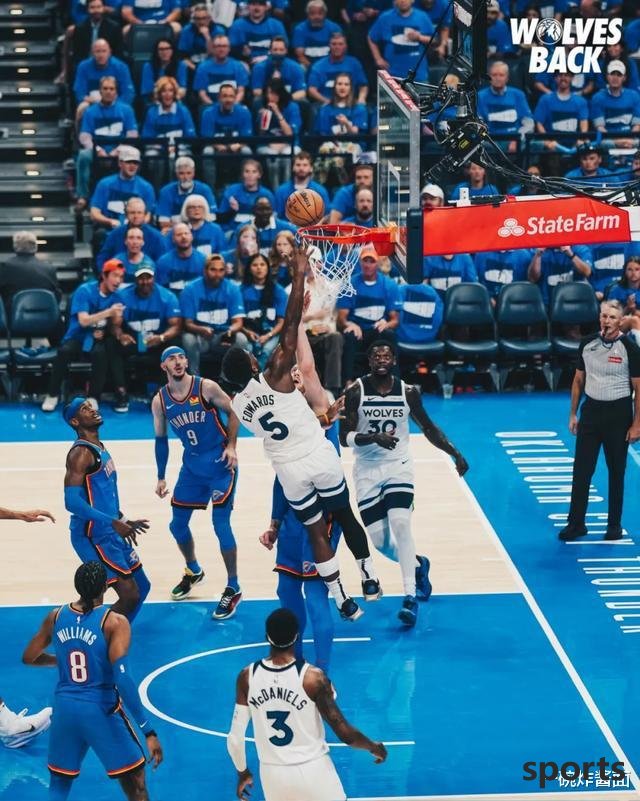
As the Timberwolves' star, Edwards' performance in the series G2 triggered an outside world's discussion of his leadership abilities. He made 12 of 26 shots, 1 of 9 three-pointers, scored 32 points, 9 rebounds, and 6 assists. His data was considerable, but his performance was poor in the final stage..
At the end of the game, the Timberwolves fell behind. As the core Edwards hesitated at the critical moment, made many passes and missed the opportunity to take action. For example, when he was about 2 minutes left and 3 points behind, he broke through the inside with the ball but passed the ball to his outside teammates, and his teammate missed a three-pointer.
Compared with superstars such as James and Durant, Edwards has a clear gap in performance at critical moments. He needs to be more decisive and confident, and assume the responsibility of leading. In addition, he also has shortcomings in controlling the ball and driving the team's overall offense. He often fights alone and is difficult to connect the offensive system, making the team's offense lack integrity and fluency.
Edwards G2's performance has caused doubts. He needs to improve his performance at critical moments in subsequent games, enhance his ability to control the ball and drive the team's offense, and lead the Timberwolves out of the predicament.
The road to the future: Surviving in difficulties, where to go
Although the G2 loss puts the Minnesota Timberwolves in a bad situation, there are still variables before the series ends. If you want to reverse the situation, the team needs to make changes.
Tactics, efficient offensive tactics should be formulated for the Oklahoma City Thunder defense, increase unball running and pick-and-roll cooperation, create opportunities for three-point shooters, and strengthen tactical cooperation in the inside. In terms of personnel, the lineup can be adjusted moderately to enhance the back line's ball control ability, and give young players more playing time.
Timberwolves fans should not lose confidence. Basketball games are full of uncertainty. If the team adjusts their tactics in time and gathers the strength of the team, there is still a possibility of creating miracles. We look forward to the Timberwolves' strong rebound in the subsequent game. In the future, through continuous improvement and improvement, we will become a more competitive team and move towards higher goals.
Related Posts
- It s not unfair. Where did the Pacers G5 lose? Three major failures were exposed, and the biggest "sinner" was found
- Leaving just after entering the finals, 107 million in 4 years is so tempting! Auxiliary letters, it’s clear that I don’t talk about loyalty.
- Duncan or Kobe? Wenban Yama s answer has caused heated discussion: Maybe it was Kobe, who then changed his words and said he didn t know
- Big upset! The favorite to win the championship fell down! Shin Kyung beat Jokic, the strongest dark horse was born
- Lakers news: James beats all the heroes, Doncic returns with full health, rookies will be reused
- The Thunder won by 17 points! Alexander scored 30+5 in three quarters, Chet had 31 points and 10 free throws, and Trae Young had 15+10.
- What is the winning rate of the Warriors against the Timberwolves
- 72 points surpass Jordan to write a new history! He got the Grand Slam and entered the top 30 in history?
- On the night of the collapse of the Celtic dynasty! New York s 38-point massacre revealed the new Warring States era of the NBA!
